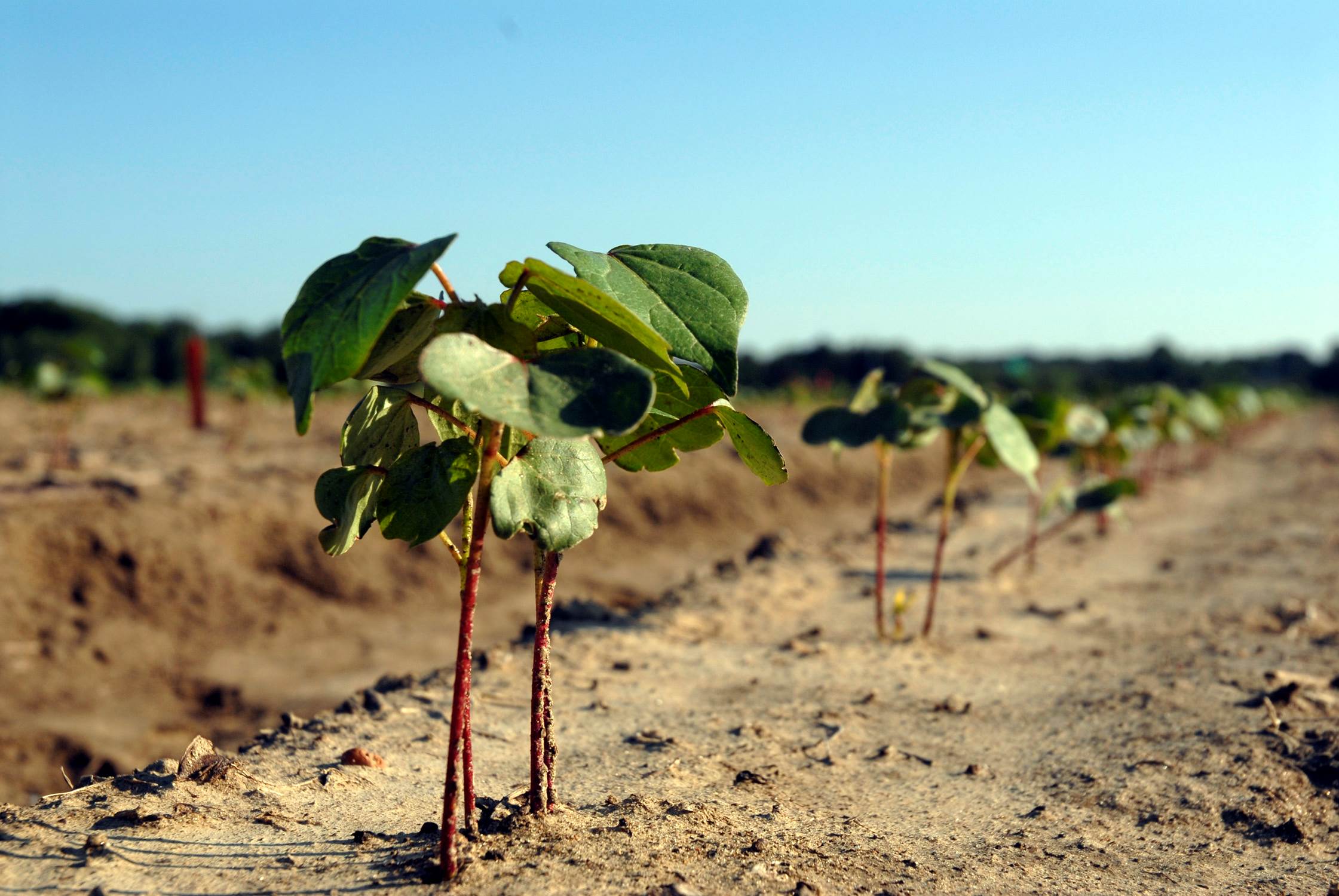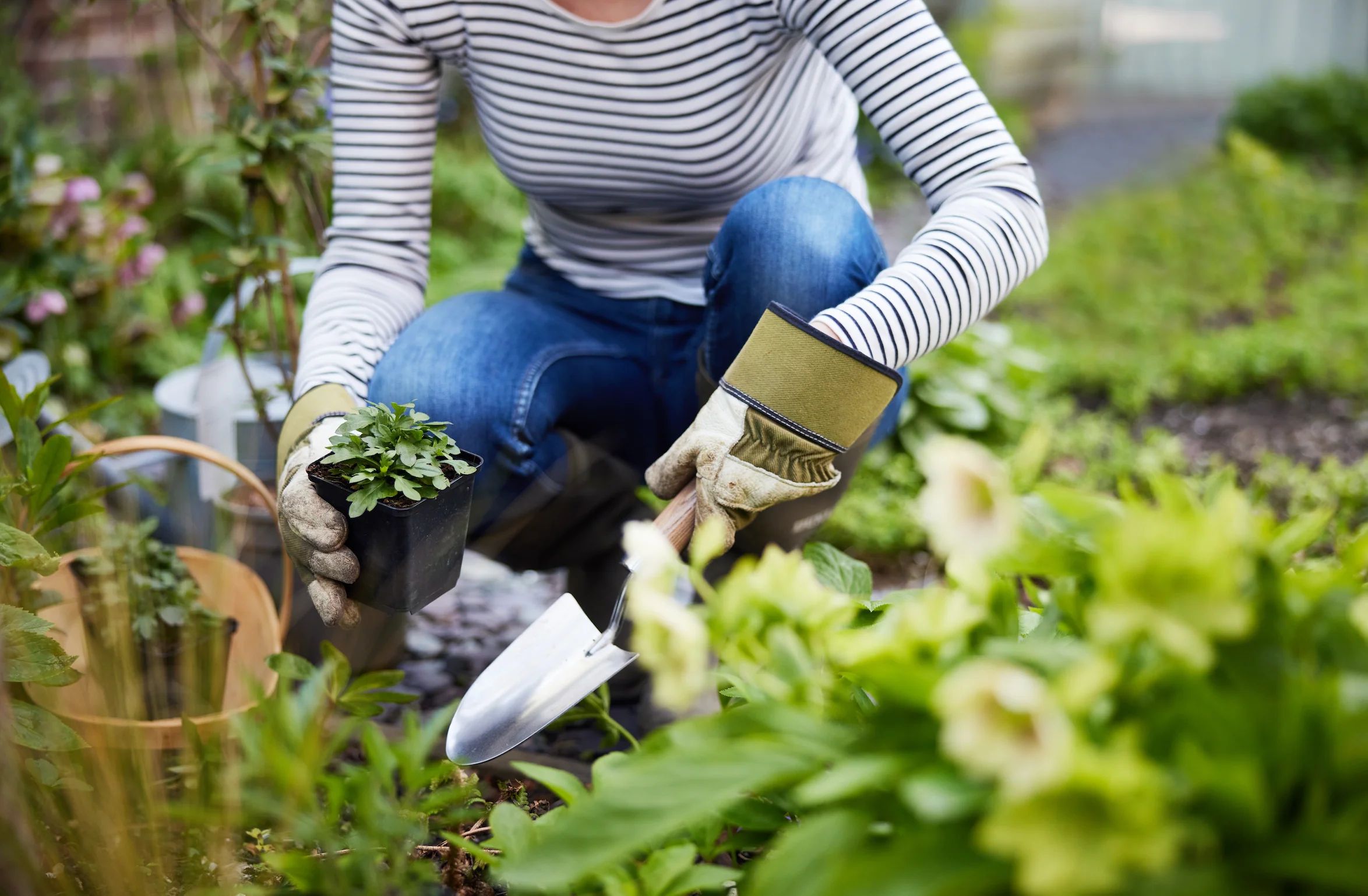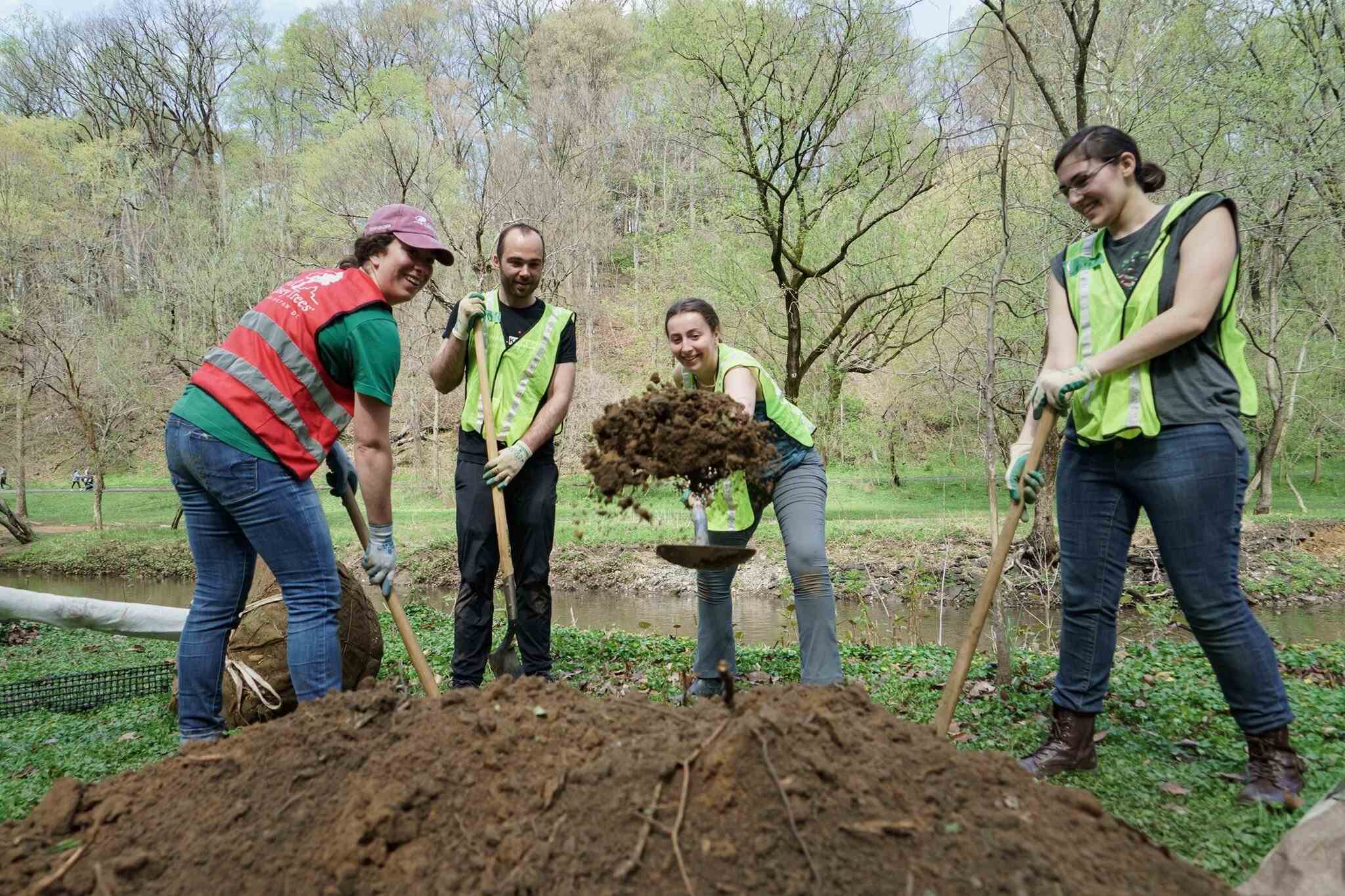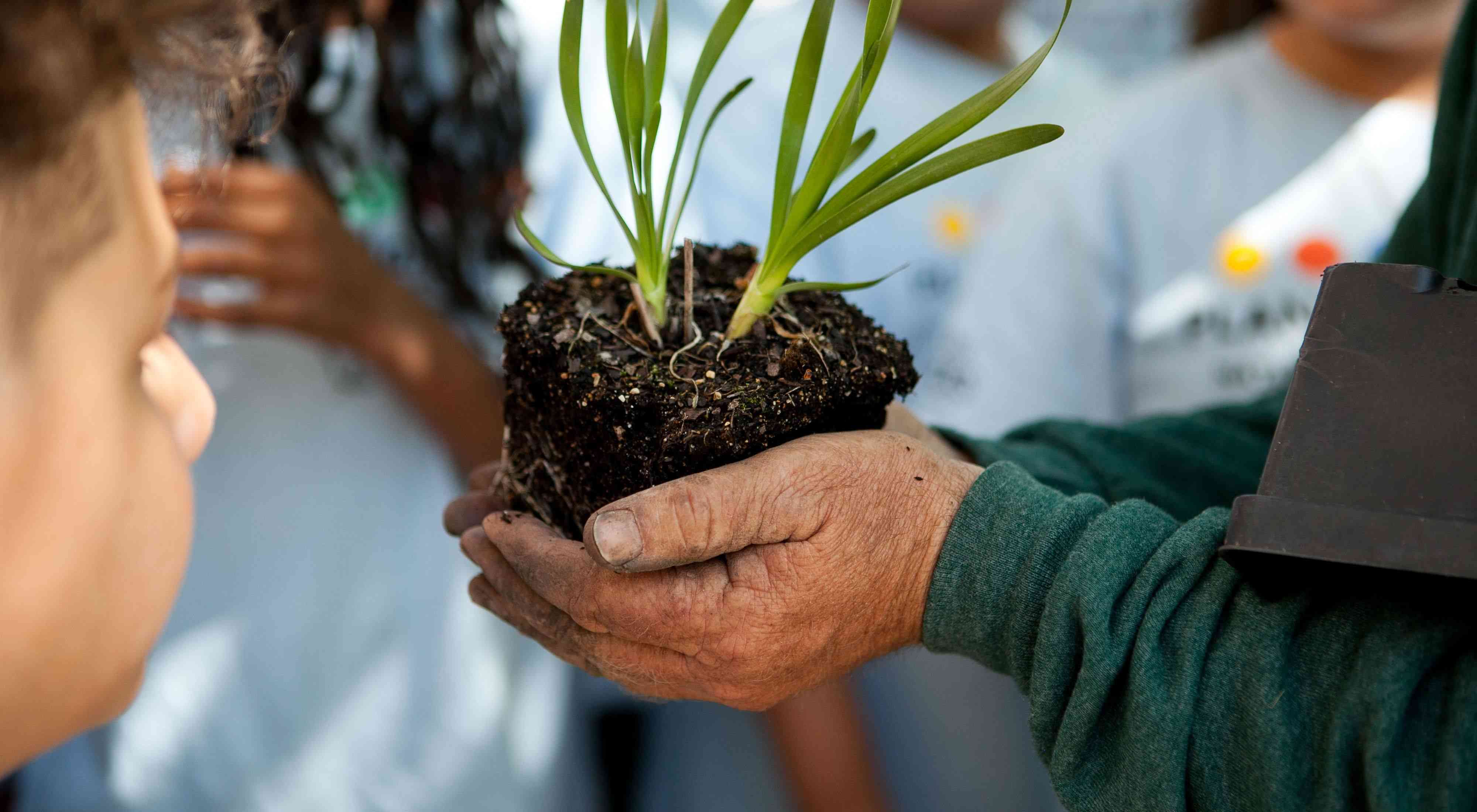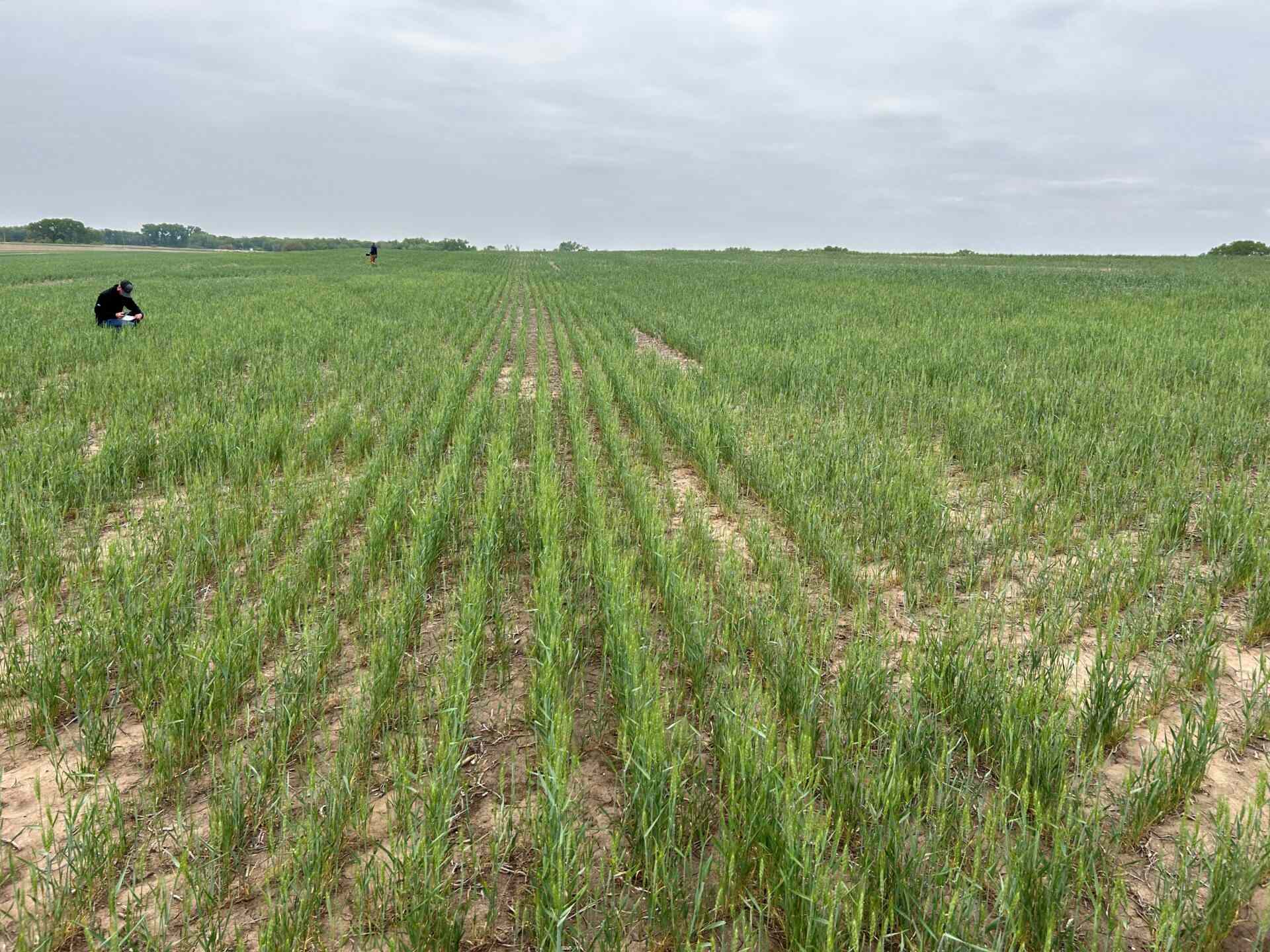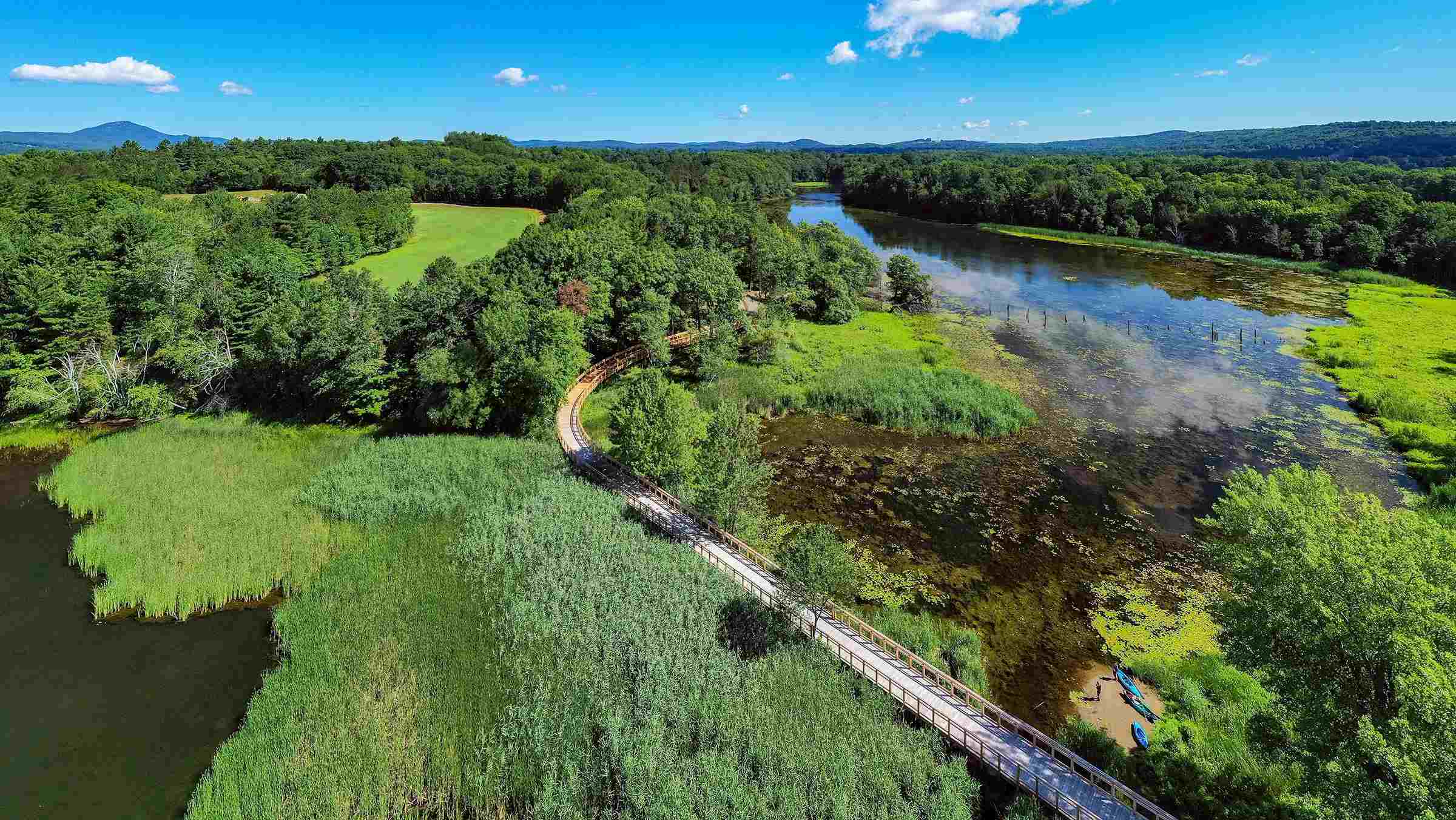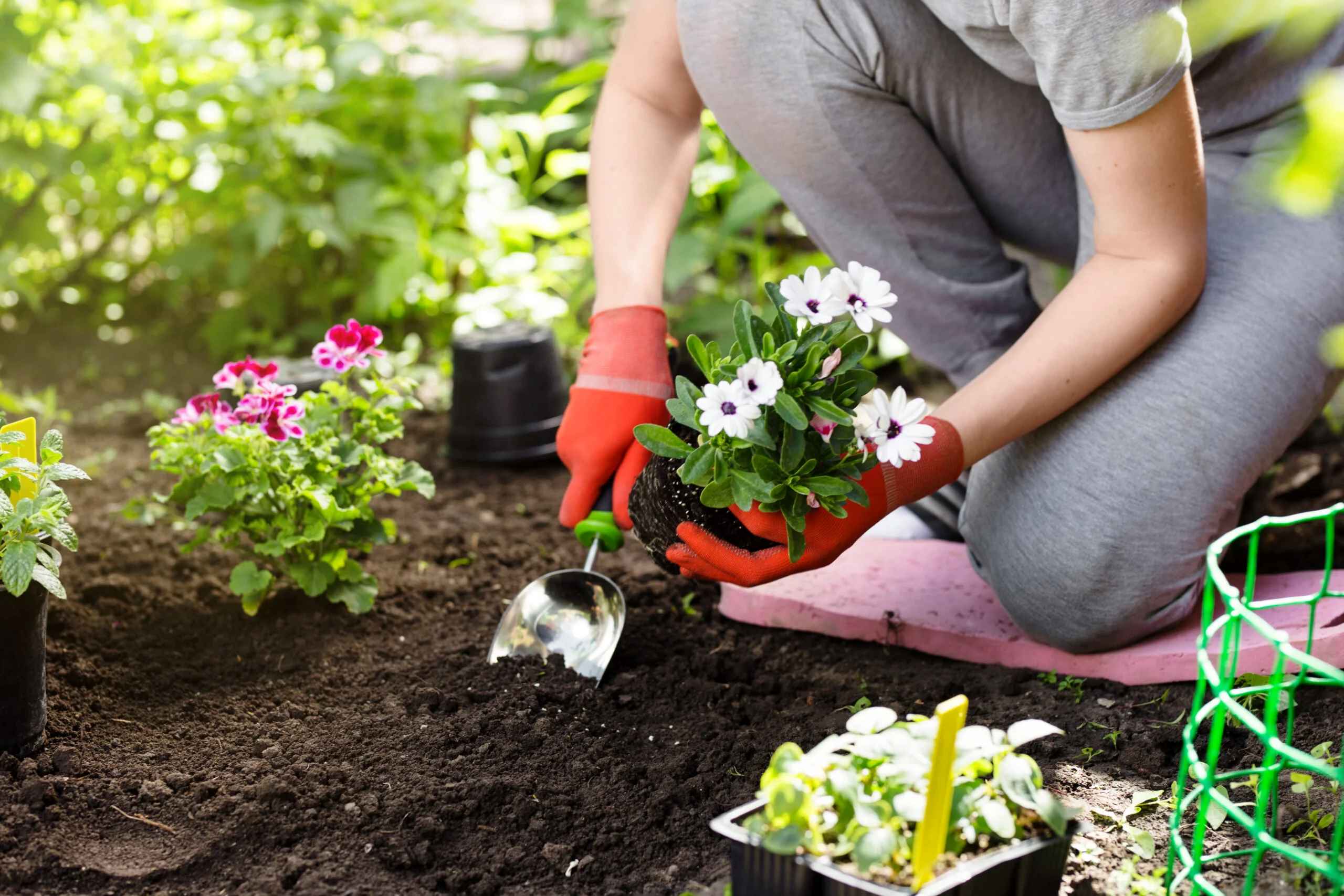Home>Gardening Basics>Understanding Soil>What Planting Zone Is Alaska
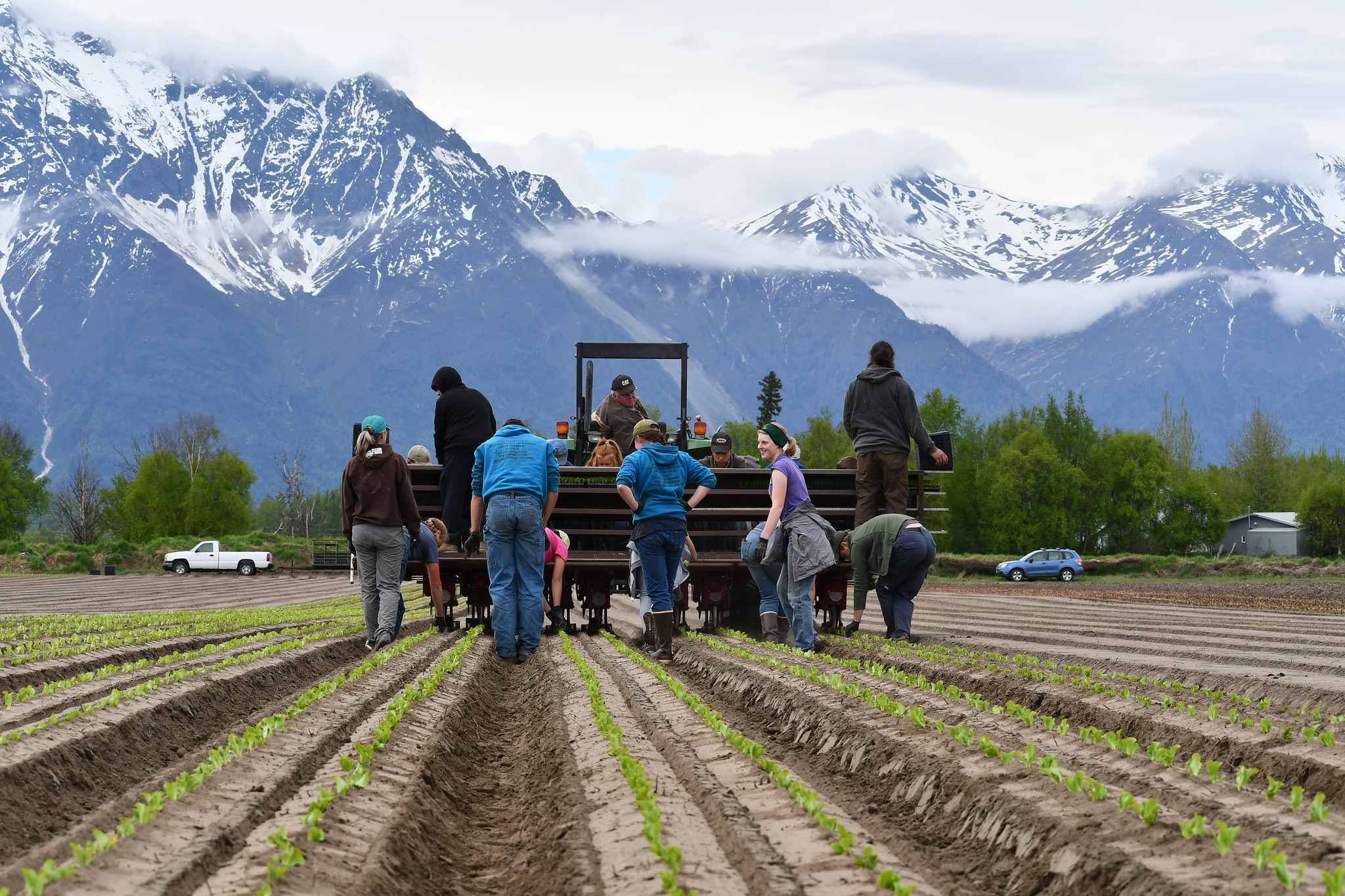

Understanding Soil
What Planting Zone Is Alaska
Modified: January 22, 2024
Discover the planting zone for Alaska and learn how to understand soil conditions. Explore tips and techniques for successful gardening in this unique environment.
(Many of the links in this article redirect to a specific reviewed product. Your purchase of these products through affiliate links helps to generate commission for Chicagolandgardening.com, at no extra cost. Learn more)
Table of Contents
Introduction
Welcome to the fascinating world of planting zones! If you are a gardening enthusiast or simply want to spruce up your yard, understanding planting zones is essential. Different regions around the world have unique climate conditions, which directly affect the success and growth of plants. This is where planting zones come into play.
Planting zones serve as a guide to help gardeners determine which plants are most likely to thrive in their specific area. By knowing your planting zone, you can select the right plants that are suited to the climate and environmental conditions of your location.
In the United States, the United States Department of Agriculture (USDA) has established a comprehensive Plant Hardiness Zone Map, which classifies different regions based on their average minimum winter temperatures. This zoning system provides valuable information for gardeners, ensuring that they choose plants that are well-suited to the climate of their area.
Alaska, known for its breathtaking landscapes and extreme climate, has its own set of unique planting zones. Despite being largely dominated by subarctic and Arctic climates, Alaska offers a range of planting opportunities for gardeners who understand and adapt to its specific conditions.
In this article, we will explore the planting zones of Alaska and discuss the factors that influence these zones. We will also provide recommendations for plants that thrive in different zones, allowing you to plan and design your garden with confidence. So, let’s embark on this soil-filled journey and discover the wonders of Alaska’s planting zones!
Understanding Planting Zones
Before we delve into the specific planting zones of Alaska, let’s first understand what planting zones are and why they are important. Planting zones, also known as hardiness zones, are geographical areas that indicate the different climatic conditions experienced in various regions. These zones are categorized based on the average annual minimum temperature, helping gardeners determine which plants are most likely to thrive in their area.
The United States Department of Agriculture (USDA) developed the Plant Hardiness Zone Map to provide a standardized system for classifying planting zones across the country. This map consists of thirteen zones, ranging from Zone 1 (coldest) to Zone 13 (hottest). Each zone is divided into 10°F temperature increments, allowing gardeners to identify plants that can tolerate the specific climate of their location.
Understanding planting zones is crucial for successful gardening because different plants have varying temperature requirements. Some plants are more cold-hardy and can withstand freezing temperatures, while others require warmer conditions to thrive. By selecting plants that are within your particular planting zone, you increase the likelihood of their survival and growth.
Planting zones are not only determined by average minimum winter temperatures but also take into account other factors such as elevation, proximity to bodies of water, and microclimates within a region. These factors can influence the local climate and create variations within a zone.
It’s important to note that while planting zones provide a general guideline, they do not account for other climatic factors such as humidity, rainfall, and wind patterns. Therefore, it’s essential to consider these additional factors when choosing plants for your garden.
Now that we have a basic understanding of planting zones, let’s take a closer look at the USDA Plant Hardiness Zone Map and how it applies to the vast and diverse landscape of Alaska.
The USDA Plant Hardiness Zone Map
The USDA Plant Hardiness Zone Map is a valuable tool for gardeners across the United States. This map divides the country into different planting zones based on the average annual minimum temperature. By referring to this map, gardeners can quickly identify the appropriate plants for their specific region.
The USDA zones range from Zone 1, which experiences the coldest temperatures, to Zone 13, which has the warmest temperatures. Each zone is further divided into subzones, allowing for more precise plant selection. The map takes into account temperature data collected over many years and provides a scientific basis for understanding the climatic conditions in different areas.
When using the USDA Plant Hardiness Zone Map, it’s important to keep in mind that it should serve as a guideline rather than an absolute rule. Other factors, such as microclimates and localized weather patterns, may influence the growing conditions within a zone. Additionally, the map does not account for factors such as rainfall, humidity, and wind, which can also impact plant growth.
To determine your specific planting zone, you can use the interactive version of the USDA Plant Hardiness Zone Map available on their website. Simply enter your zip code or select your state to find the corresponding zone for your area. This information is crucial in selecting plants that are best suited to your climate.
It’s worth noting that the USDA Plant Hardiness Zone Map is regularly updated to reflect changes in climate and temperature patterns. As our understanding of climate science evolves, it’s important to stay informed about any updates or revisions to the map.
Now that we have a better understanding of the USDA Plant Hardiness Zone Map, let’s explore how this map applies to the unique and diverse planting zones found in Alaska.
The Planting Zones of Alaska
Alaska, known for its vast wilderness and extreme climate, has a diverse set of planting zones. The state is classified into several zones based on its unique temperature variations. Let’s explore the different planting zones found in Alaska:
- Zone 1: This zone encompasses the northernmost parts of Alaska, including areas within the Arctic Circle. It experiences extremely cold temperatures, with average minimum winter temperatures dropping to -60°F (-51°C) or even lower. Only a few hardy plants can survive in this harsh environment.
- Zone 2: Zone 2 covers regions of northern Alaska, including parts of the North Slope and the Brooks Range. Winter temperatures in this zone can reach as low as -50°F (-46°C). Few plants can endure these frigid conditions, and gardening is challenging.
- Zone 3: This zone covers much of central and eastern Alaska, including Fairbanks, the state’s second-largest city. Winter temperatures in this zone can dip to -40°F (-40°C). While the growing season is short, gardeners in this zone have more options for planting compared to the colder zones.
- Zone 4: Zone 4 covers parts of south-central Alaska, including Anchorage, the state’s largest city. Winter temperatures in this zone range from -30°F to -20°F (-34°C to -29°C). The growing season in this zone is slightly longer, allowing for a wider variety of plants to thrive.
- Zone 5: Zone 5 includes the southern coast of Alaska, extending from the Kenai Peninsula to parts of the Southeast region, including Juneau. Winter temperatures in this zone range from -20°F to -10°F (-29°C to -23°C). The growing season in this zone is longer, presenting more opportunities for gardening.
These planting zones reflect the diverse climates and temperature ranges found across Alaska. It’s important for gardeners in Alaska to consider their specific planting zone when selecting plants for their gardens. Understanding the limitations and requirements of each zone is crucial for successful gardening in this challenging environment.
Now that we have explored the planting zones of Alaska, let’s delve into the factors that affect these zones and influence the success of plant growth in the state.
Factors Affecting Planting Zones in Alaska
The unique planting zones in Alaska are influenced by a variety of factors that shape the state’s climate and growing conditions. Understanding these factors is key to successfully selecting and cultivating plants in the region. Let’s explore some of the key factors that affect planting zones in Alaska:
- Latitude: Alaska’s vast expanse covers a wide range of latitudes, from the southern coast extending northward to the Arctic Circle. The farther north you go, the colder the climate becomes, resulting in lower planting zones that experience much colder temperatures.
- Elevation: Alaska’s diverse topography includes mountains, valleys, and plateaus, which significantly impact planting zones. Higher elevations tend to have colder temperatures, shorter growing seasons, and more extreme weather conditions.
- Proximity to Bodies of Water: Alaska is bordered by the Pacific Ocean to the south and the Arctic Ocean to the north, with numerous lakes, rivers, and streams throughout the state. These bodies of water can moderate temperatures, creating milder microclimates in coastal areas compared to inland regions.
- Mountain Ranges: The mountain ranges in Alaska, such as the Alaska Range and the Brooks Range, influence temperature variations and precipitation patterns. These ranges can create rain shadows, resulting in drier conditions on one side and more precipitation on the other.
- Ocean Currents: Ocean currents, such as the Alaska Current and the North Pacific Current, have a significant impact on coastal climates in Alaska. These currents can bring warmer or colder water, influencing the overall temperature and climate of coastal areas.
These factors interact and combine to create the diverse planting zones found throughout Alaska. As a gardener in Alaska, it is essential to consider these factors and their effects on the local climate when selecting plants for your garden. Choosing plants that are adapted to your specific planting zone and local conditions increases the chances of successful growth and survival.
Now that we have examined the factors that affect planting zones in Alaska, let’s move on to discussing recommended plants for different zones in the state.
Recommended Plants for Different Zones in Alaska
Alaska’s diverse planting zones offer unique opportunities for gardening enthusiasts. While the extreme climate presents challenges, selecting the right plants for each zone can lead to successful and thriving gardens. Let’s explore some recommended plants for different zones in Alaska:
- Zone 1: Due to the extremely cold temperatures in Zone 1, few plants can survive. However, some hardy options include Arctic poppies, Alaska wildflowers, and low-growing mosses that can withstand the harsh conditions.
- Zone 2: In Zone 2, plants must be extremely cold-tolerant. Options include Arctic willows, Labrador tea, and certain species of dwarf conifers that can endure the frigid temperatures.
- Zone 3: While the growing season is shorter in Zone 3, gardeners can still enjoy a variety of plants. Recommended options include Alaska fuchsias, fireweed, Siberian iris, and hardy fruit trees such as dwarf apples and cherries.
- Zone 4: In Zone 4, gardeners have more choices for plant selection. Some recommended plants include hardy perennials like Alaska lupine, forget-me-nots, Alaska geraniums, and cold-tolerant vegetable varieties such as kale and spinach.
- Zone 5: Zone 5 offers even more possibilities for gardening. Recommended plants include native Alaska wildflowers like lupines, delphiniums, and Arctic poppies, as well as cold-hardy perennial herbs like thyme and sage.
It’s important to select plants that can adapt to the specific conditions of each zone. Consider factors like cold tolerance, moisture requirements, and day length when choosing your plants. Additionally, paying attention to microclimates in your garden, such as areas protected from wind or areas that receive more sunlight, can expand the range of plants you can successfully grow.
Keep in mind that these are just a few recommendations, and there are many other plant varieties that can thrive in different zones of Alaska. Consult with local nurseries, gardening experts, or fellow Alaskan gardeners to get further guidance on the most suitable plants for your specific zone.
Now that we have explored recommended plants for different zones in Alaska, let’s wrap up our journey through the fascinating world of planting zones in the Last Frontier.
Conclusion
Understanding the planting zones in Alaska is essential for successful gardening in this unique and challenging environment. The diverse climate and geographical factors contribute to a range of planting conditions across the state, from the extreme cold of Zone 1 to the milder temperatures of Zone 5.
By using the USDA Plant Hardiness Zone Map as a guide, gardeners in Alaska can select appropriate plants that are well-suited to their specific zone. However, it’s important to consider additional factors such as elevation, proximity to bodies of water, and microclimates within each region.
Throughout Alaska’s planting zones, there are a variety of recommended plants that can thrive in different conditions. These include hardy perennials, native wildflowers, cold-tolerant vegetables, and even dwarf fruit trees. Understanding the specific requirements and adaptations of these plants is crucial for their successful cultivation.
As with any gardening endeavor, it’s always beneficial to consult with local experts, nurseries, or fellow gardeners who have experience gardening in Alaska. They can provide valuable insights and recommendations based on their firsthand knowledge of the unique challenges and opportunities in the state.
So, whether you’re a seasoned gardener or just starting your gardening journey in Alaska, embrace the diversity of the planting zones and experiment with a variety of plants suited to your specific zone. With careful selection and attention to the factors that influence plant growth, you can create a beautiful and thriving garden that showcases the resilience of Alaska’s flora.
Now go forth, explore the planting zones of Alaska, and let your garden flourish in this remarkable frontier!
